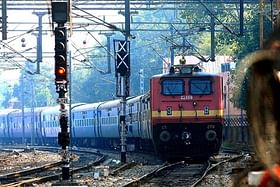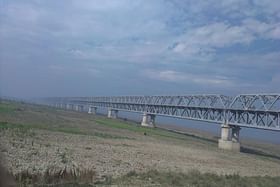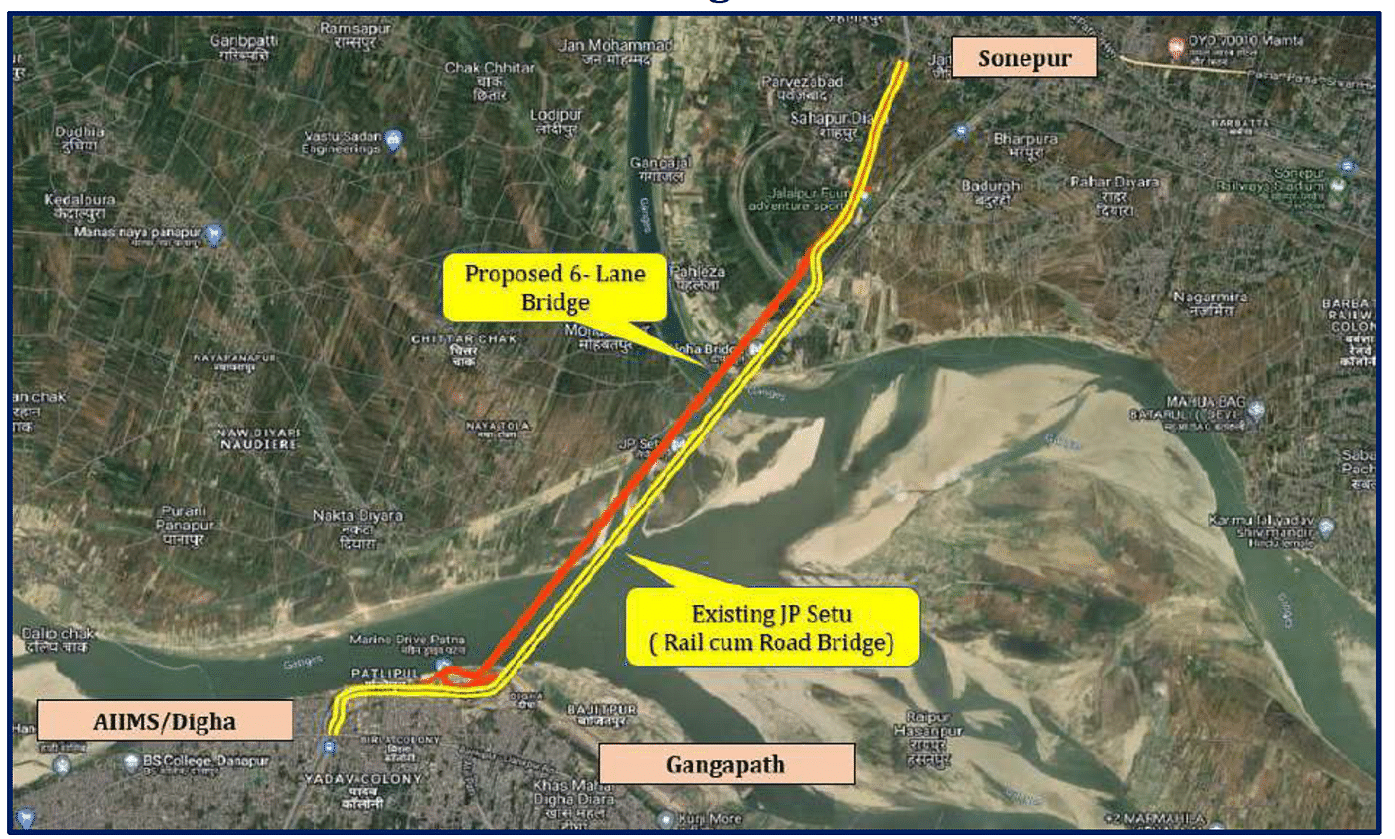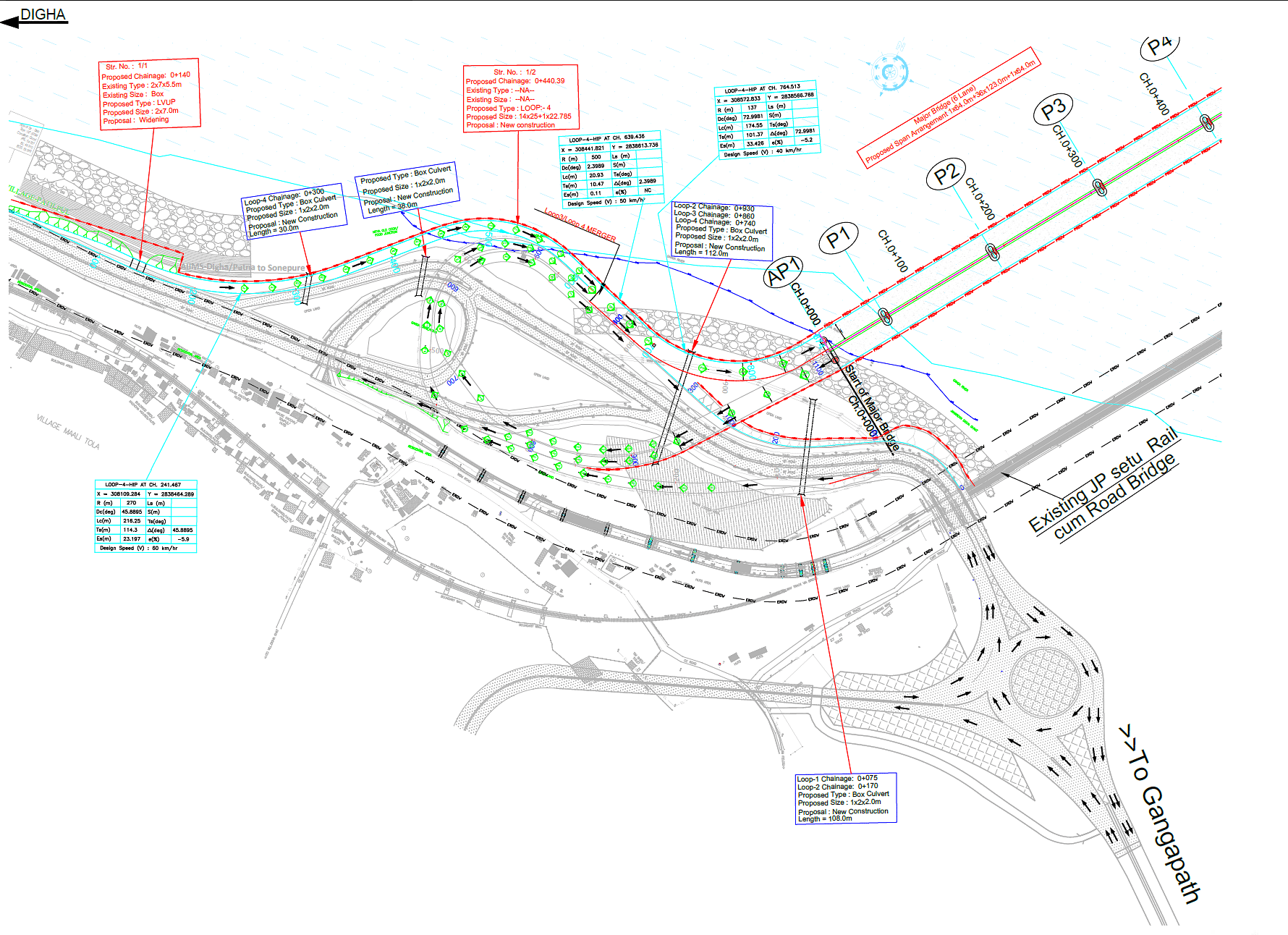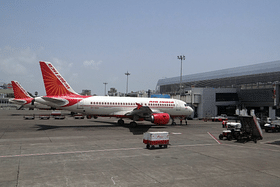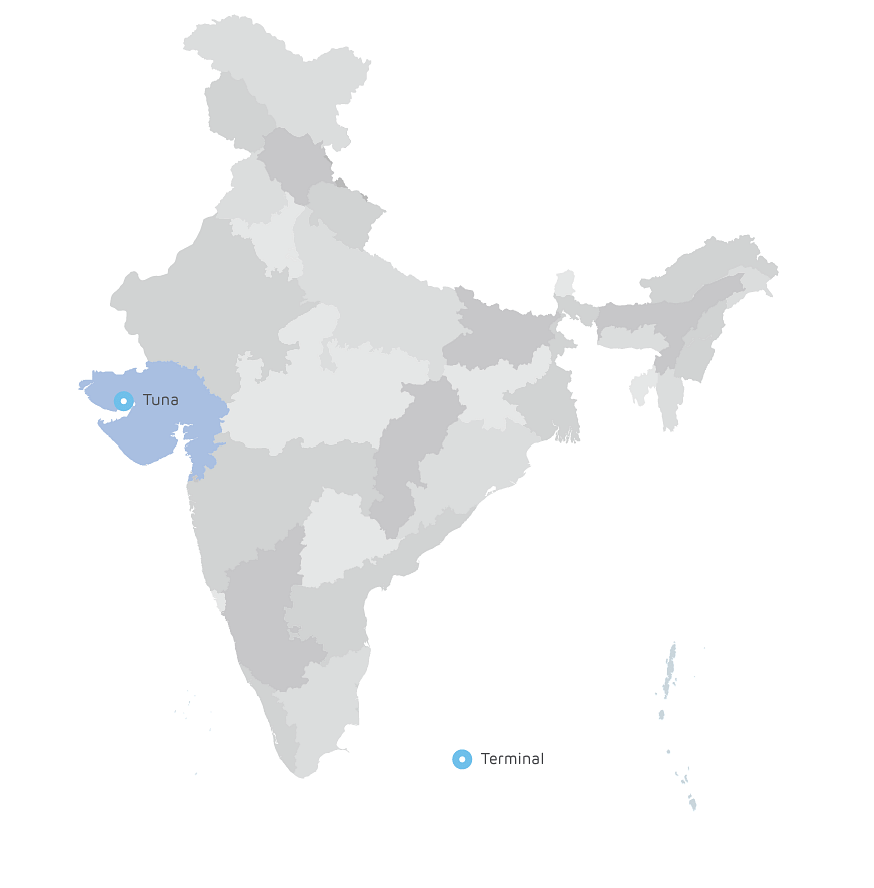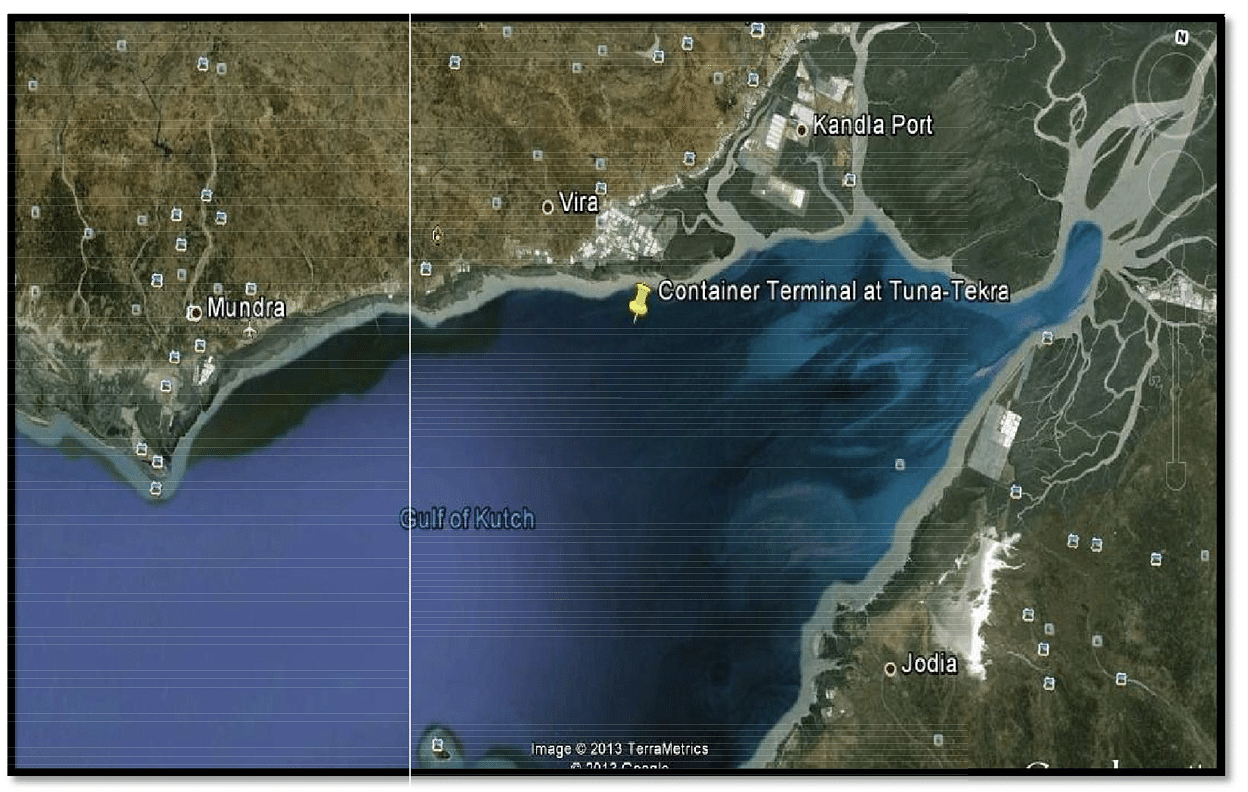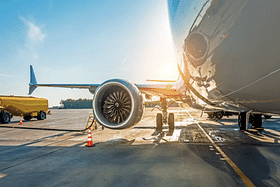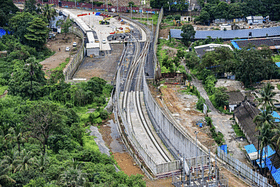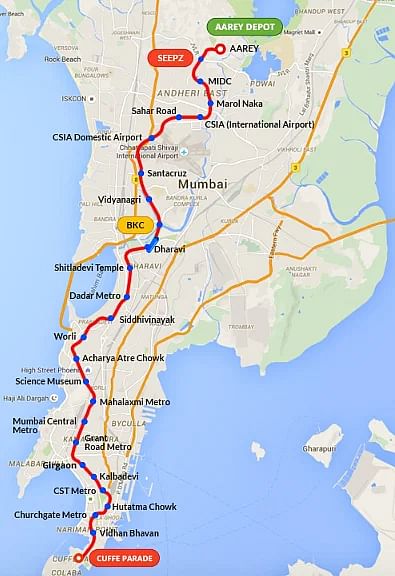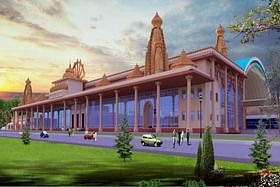As many as seven companies are in the fray to construct the 25.92-km-long section of the 121.74 km Haryana Orbital Rail Corridor (HORC) project.
Haryana Rail Infrastructure Development Corporation Limited (HRIDC) which is the implementing agency for the project had invited tenders for construction of C-23 package in November 2022 with a completion deadline of 639 days.
This package deals with design and construction of civil works of HORC between Dhulawat (south of Sohna) and New Patli Station. Besides this, construction of rail links from New Patli Station to the Indian Railways’ (IR) existing Patli and Sultanpur stations are also included in the project.
According to the technical bids announced on 31 January, the seven bidders are, Afcons Infrastructure, Gawar Construction, GR Infraprojects (GRIL), Larsen & Toubro (L&T), PNC Infratech Ltd and two state-run PSUs — IRCON International and Rail Vikas Nigam Ltd (RVNL).
The evaluation of technical bids will take around two months. Once the technical evaluation of the bids is done, the financial evaluation of the qualified bidders will be done to ascertain the lowest bidder.
Decongesting NCR
HORC is a new electrified double broad-gauge (BG) rail line connecting Harsana Kalan (Sonipat) and Asaoti (Palwal) in Haryana through 17 stations along the Kundli-Manesar-Palwal (KMP)/Western Peripheral Expressway.
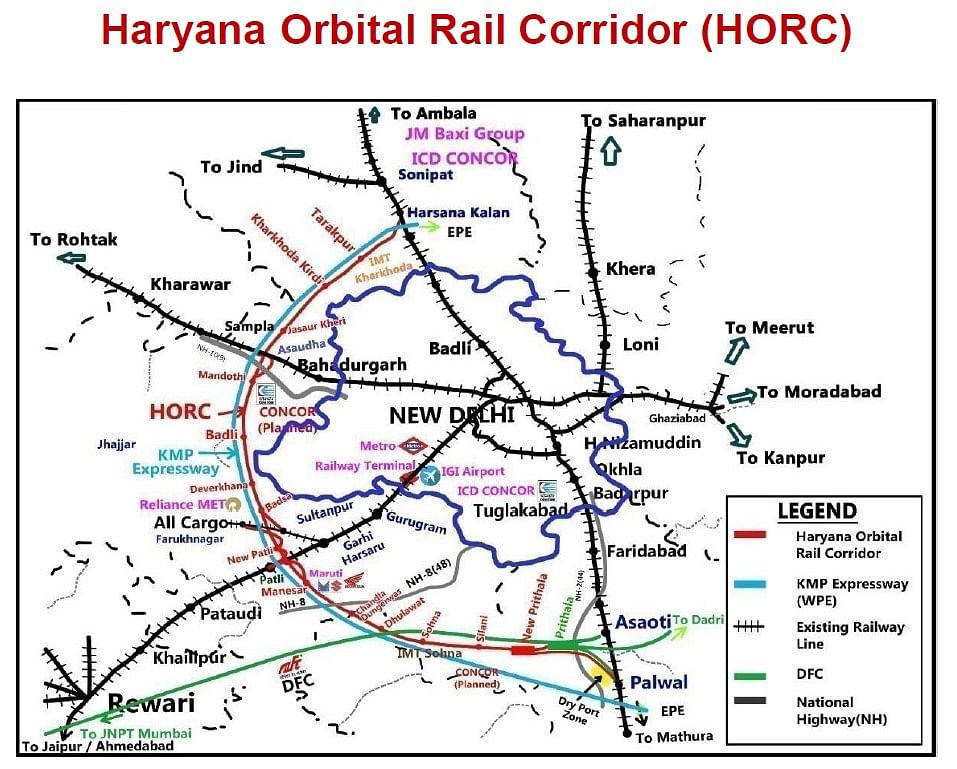
The BG railway line via Sohna, Manesar and Kharkoda will have a design speed of 160 kmph and the capacity to carry 60 million tonnes of freight and 40 million passengers each way annually.
The Orbital Rail Corridor is a crucial infrastructure project to decongest existing IR network in the National Capital Region (NCR) area. The project will decongest Delhi by diverting passenger and freight traffic not originated or destined for Delhi.
The project has been notified as special railway project by the central government in 2020 and is being funded by Asian Infrastructure Investment Bank (AIIB). AIIB will provide a sovereign guaranteed loan of $475 million to the project.
The foundation stone of the project was laid on 27 October 2022 by Union Home Minister Amit Shah and is expected to be ready by FY 2025-26.
Once completed, the project will provide interchange facilities to the Indian Railways’ main radial routes of Delhi-Ambala and Delhi-Rohtak, the dedicated freight corridors (DFC) at Pirthala (near Palwal) and the 164 km Delhi-SNB-Alwar RRTs line at Panchgaon Station.
One Contract Awarded
HRIDC has so far awarded only one major civil contract. The contract to construct the 5.9 km C1 Priority (Manesar-Patli Station) section of the project was awarded to KCC Buildcon in May 2022 which won the project with a bid of Rs 158.16 crore.
Bidding is currently underway for Package C4 which includes constructing 4.7 km twin tunnels across Aravallis using New Austrian tunnelling method.
